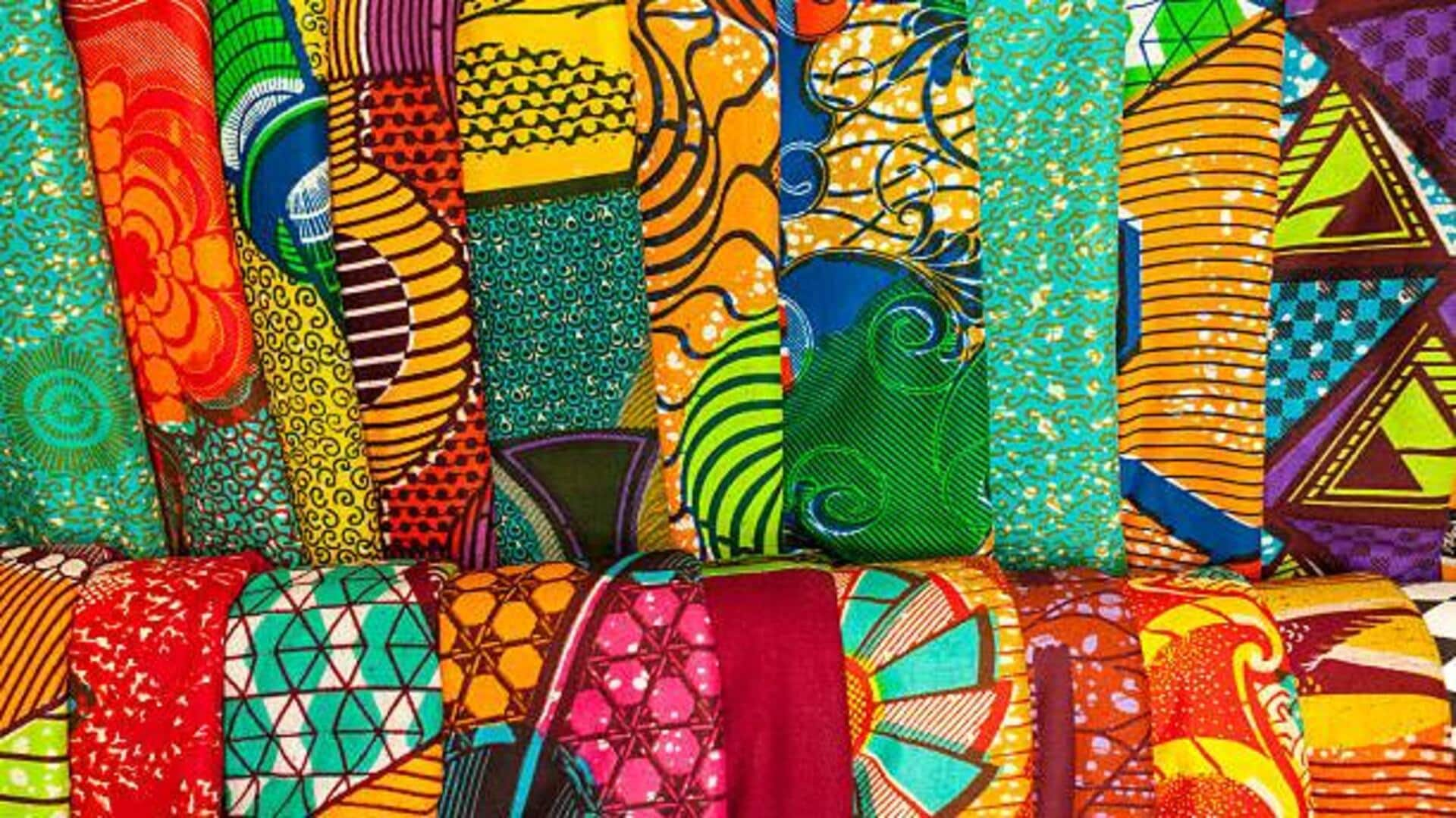
African textile prints: What the patterns truly represent
What's the story
More than fabric, African textiles are a medium of storytelling, weaving cultural narratives through intricate patterns and vibrant colors. Each piece of cloth carries historical significance, reflecting the traditions and beliefs of various African communities. These textiles serve as a visual language, communicating stories that have been passed down through generations. Understanding these patterns offers insight into the rich cultural heritage and social dynamics of Africa.
Cultural symbols
Symbolism in patterns
African textiles are known for their elaborate patterns and motifs, but they also use symbols that carry profound cultural meanings. These symbols may signify anything, from proverbs to historical events or spiritual beliefs. For instance, the Adinkra symbols of Ghana carry messages of wisdom, strength, and unity. Looking at these patterns, one can understand the values and philosophies that characterize African societies.
Craftsmanship
Techniques in textile creation
The creation of African textiles incorporates various traditional techniques such as weaving, dyeing, and embroidery. Each method requires skillful craftsmanship that has been passed down generations. Techniques like kente weaving or mud cloth dyeing not only result in beautiful fabrics but also preserve the cultural practices that are integral to community identity.
Community connection
Role in social identity
Textiles play an important role in defining social identity in African communities. They are used in ceremonies such as weddings or funerals to represent one's status or affiliation with certain groups. The fabric pattern could indicate one's ethnic background or social standing, making them an essential part of one's self-expression and communal expression.
Economic influence
Economic impact on communities
The production and sale of traditional textiles contribute significantly to local economies across Africa. Often, artisans depend on this craft to make a living, with markets for these goods reaching beyond local borders to international platforms. This economic activity not only supports individual artisans but also helps sustain entire communities by promoting cultural tourism and trade.